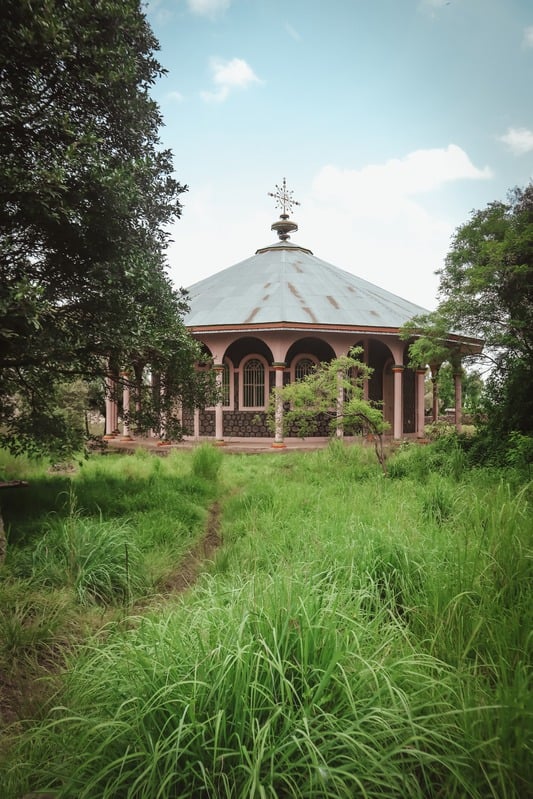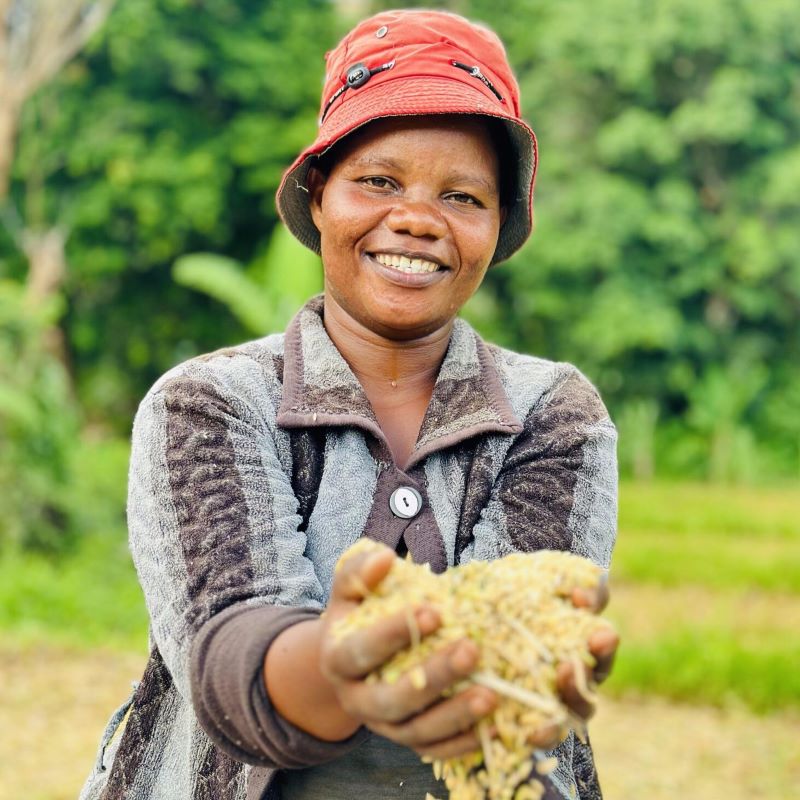Several years ago, my home church nearly cut down a 60-foot sycamore tree to build a new parking lot. Removing the tree seemed like the obvious choice—more room for families, more space for ministry. But some hesitated. Wasn’t this tree part of our story? Could we build around it instead of removing it? In the end, the church chose to save it, making it a prominent feature of the new campus.
It probably sounds like this church is full of a bunch of tree-hugging hippies, right? Churches with their priorities straight should care about people and about God. Why should a church care about trees? What do trees have to do with God’s mission?
But imagine, for a moment, that you’re not a Christian in the U.S. Imagine you’re an Israelite exile in Babylon. Your home is gone, your temple destroyed. You long to return, but a harsh, unrelenting, waterless, tree-less desert stands between you and Jerusalem. Then the prophet Isaiah delivers these words from God:
“The poor and needy search for water, but there is none; their tongues are parched with thirst. But I, the Lord, will answer them; I, the God of Israel, will not forsake them. I will make rivers flow on barren heights and springs within the valleys. I will turn the desert into pools of water and the parched ground into springs. I will put in the desert the cedar and the acacia, the myrtle and the olive. I will set junipers in the wasteland, the fir, and the cypress together, so that people may see and know, may consider and understand, that the hand of the Lord has done this, that the Holy One of Israel has created it.” (Isaiah 41:17-20, NIV)
God speaks to people who are wondering if their displacement is the end of their story on Earth. If they lose hope or perish in their exile, the remnant of Israel will be wiped out. Who will teach the love of God to the next generation?
The Church today faces a similar challenge. We, too, are in exile—not in a foreign land, but in a world where faith is often pushed to the margins. Churches shrink. Communities fracture. The landscape feels increasingly inhospitable to the kind of deep-rooted and wide-spreading faith the Gospel calls us to cultivate.
And this isn’t just a Western reality. Across the globe, churches in places like Mexico, Haiti, Burundi, and Tanzania struggle to survive. As land dries up and crops fail, people cut down trees for firewood to survive. Without roots, the soil washes away and takes families away with it: without the ability to grow food, poverty forces families to migrate, scattering communities and threatening the local church. When creation itself is in crisis, so are the people who depend on it. If the Church is displaced—physically or spiritually—the witness of God is at stake. How will the people of God grow deep roots in today’s barren landscape?
Isaiah’s answer is clear: God plants trees. “I will put in the desert the cedar and the acacia…” Just like in Eden, God is transforming deserts into places of abundance. God does not leave people abandoned to perish in exile. Trees provide shade, shelter, fruit, and medicine along the otherwise merciless way home. God sustains God’s people so that they can not only survive but thrive as a missional presence in the world.
These trees don’t just point the exiles back to their homes in Jerusalem. The trees in Isaiah also point forward—to Ezekiel’s vision of trees lining the river of life and ultimately to Revelation 22, where the tree of life stands in the New Creation, healing the nations. Trees remind God’s people of God’s promises and give them hope that the story isn’t finished yet. God’s restoration story is written in trees.
And God is still planting them today. In the Dominican Republic, Genaro was trapped in debt and trying to gain income from a degraded farm. After partnering with Plant With Purpose, he planted 14,000 coffee plants, guama, orange, sapodilla, lemon, macadamia, cedar, mango, and jacaranda trees. Now, he says the weather is cooler with more rain, he has savings, his income has grown 80%, and his relationship with God and his family have improved. And it’s not just Genaro. Across Thailand, the Democratic Republic of the Congo, Ethiopia, and beyond, hundreds of local leaders are planting trees that renew their churches and communities. Where there was devastation, trees are bringing back stability, abundance, and hope—just as they did for the exiles in Isaiah’s day. These trees are not just about conservation. They are about restoring lives and land in a way that paves the way for the future of God’s people.
The sycamore tree at my home church still stands tall. Mike, one of the members of the church, says that he remembers being a boy when that same sycamore was just a sapling. He used to walk past it on the way up to the sanctuary with his parents. As Mike has grown in his faith, so the tree has grown to provide not just shade and beauty, but a 60-foot reminder of God’s faithfulness in his life and in the life of the church. It stands as a witness to generations, and to the promise of New Creation still to come.
What if churches saw tree-planting as part of the mission God calls them to? Every tree on a church property, every sapling planted in an eroded watershed, every reforested hillside in a vulnerable nation—each one is a signpost of God’s faithfulness and coming reign.
When God wants to give hope and sustenance to people, God plants trees. Will we?


















